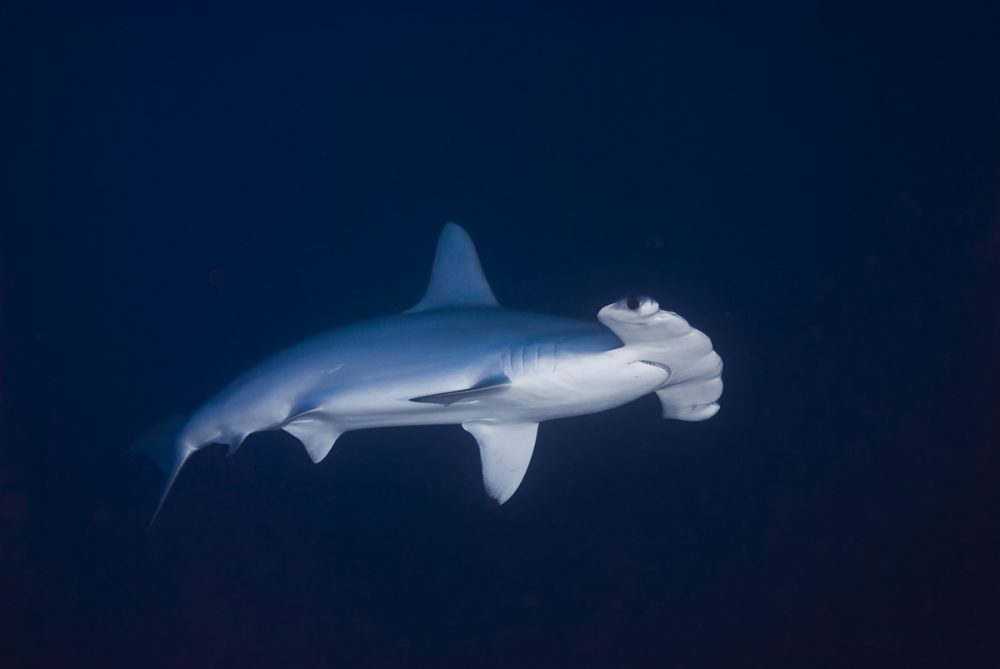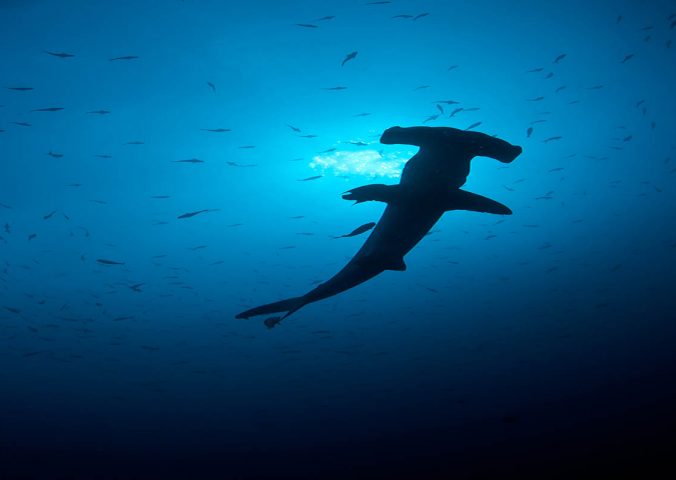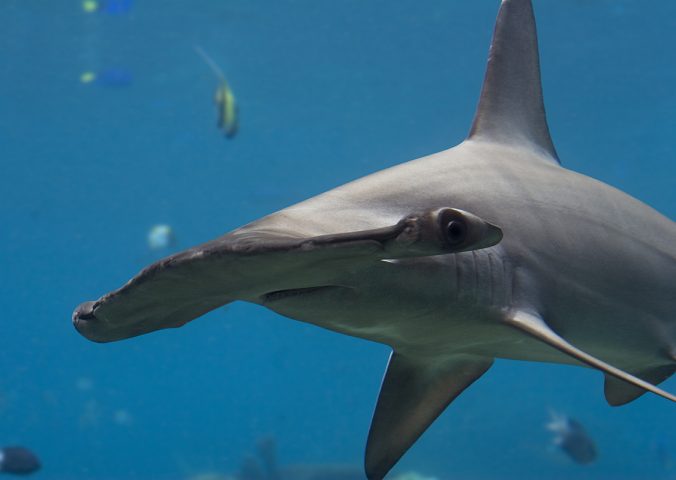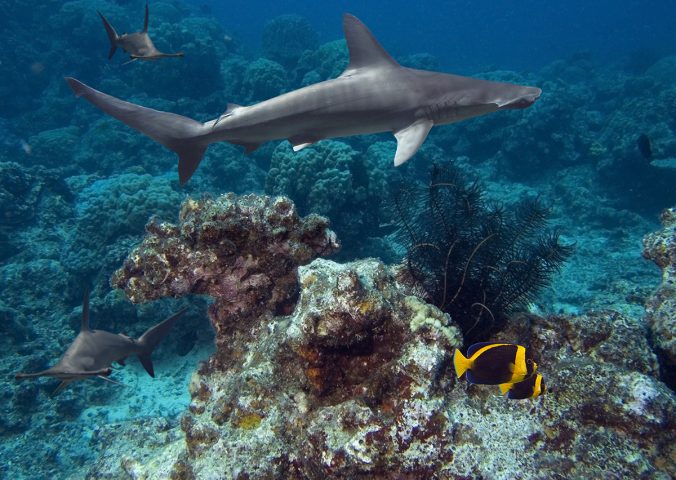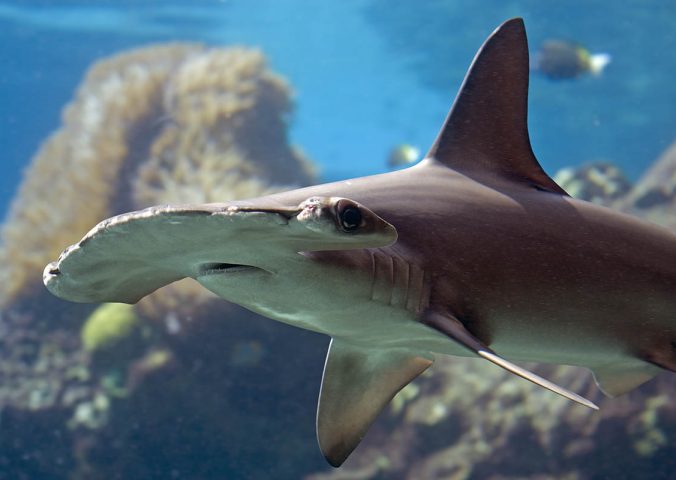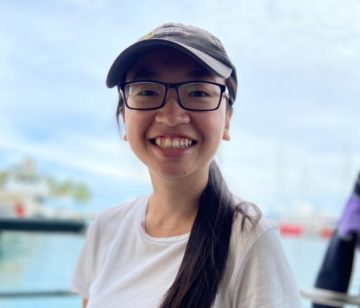About
The scalloped hammerhead shark is characterised by having a notch in the centre of its hammer-shaped head.
Young scalloped hammerheads form large schools, whereas the adults tend to live alone or in pairs. Due to its large size, its coastal habitat and its habit of aggregating in large groups, the scalloped hammerhead is a popular fishery species. Its inshore nursery grounds are usually overexploited and are also vulnerable to habitat destruction and pollution from land.
This species is viviparous (gives birth to live young) and the embryos are supplied with nutrients by a yolk-sac placenta. Gestation takes 10 months and the litter size is 12-38 pups.
They are highly targeted for their fins for the Asian shark fin market. Due to the large aggregations of sharks at nursery grounds, which makes them particularly vulnerable, huge declines in the population have occurred (50-90% in parts of its range over periods of 32 years), while the fishery remains relatively profitable.
There is currently no conservation action taking place to protect this species.
- Order: Carcharhiniformes
- Family: Sphyrnidae
- Population: Unknown
- Trend: decreasing
- Size: 4.3m (?)
- Depth Range (m): Up to 512m
EDGE Score
Distribution
The Scalloped Hammerhead Shark is has a global range, living in tropical and warm temperate coastal waters.
Habitat and Ecology
The scalloped hammerhead shark lives in warm coastal waters over the continental shelf from the surface to depths of 500m. It is also common inshore and within estuaries, which are used for parturition and as nursing grounds. They feed mostly on fish, but also on some invertebrates such as shrimp and crabs and they may even eat other sharks. They exhibit sexual segregation, with juvenile females moving offshore before males, although both sexes form schools of similar sizes.
